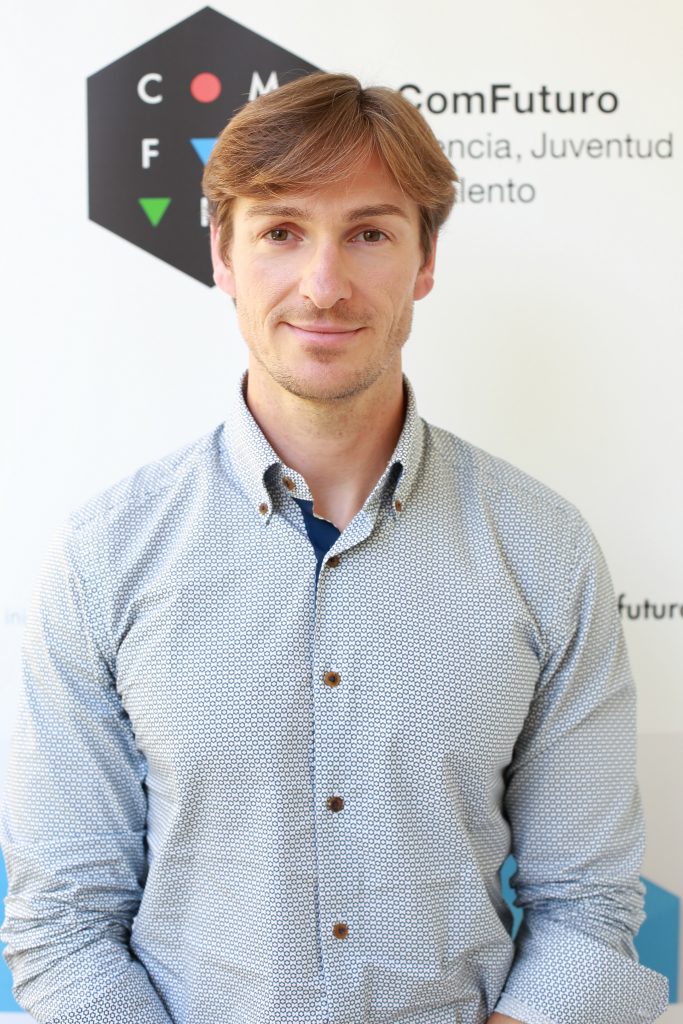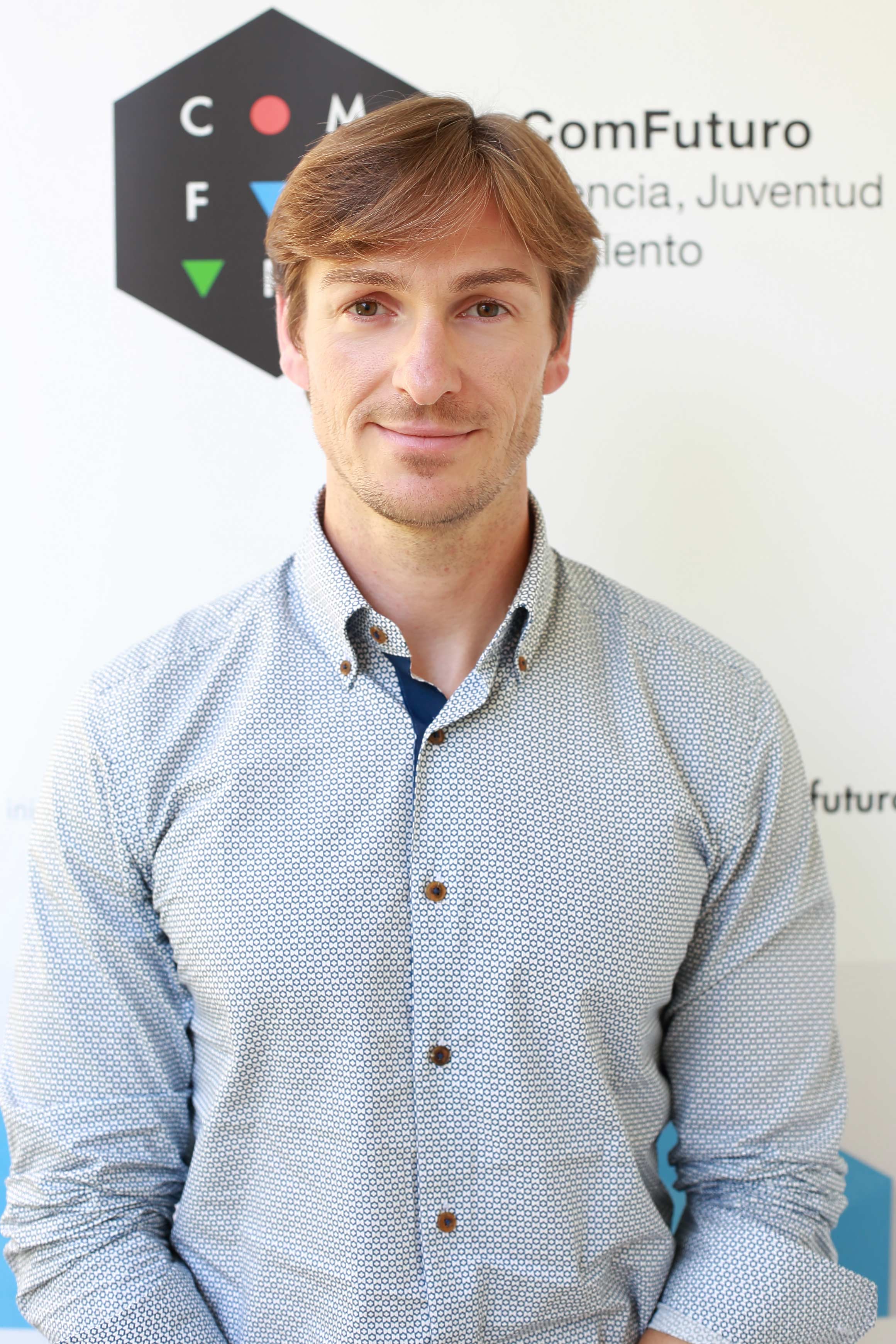
Antonio Ruiz Navarro (Murcia, 1982) holds a degree in Environmental Sciences (2006) and a PhD in Agricultural Chemistry from the University of Murcia (2012). He completed his doctoral thesis at the Segura centre for Soil Science and Applied Biology (CEBAS) of the CSIC), obtaining the qualification cum laude. His research focuses on the study of edaphic factors that limit plant growth in semiarid environments, mainly on soil-plant nutritional relationships. During his doctoral studies he spent several stays in several prestigious national and international institutions, such as the University of Valencia, the University of Lancaster (UK) and the Experimental Station of Aula Dei of the CSIC in Zaragoza, which has allowed him to address the study of soil fertility from a multidisciplinary perspective. After reading his PhD thesis, he worked for two years (2012-2014) as a research assistant at the French multinational seed company VILMORIN, where he participated in the research and development of new crop varieties resistant to biotic and environmental factors in arid areas. In 2015 he returned again to CEBAS-CSIC as a post-doctoral researcher to develop studies on fertilisers and soil biochemistry-microbiology, in the framework of several scientific-technological transfer projects within the programme Retos-Colaboración entre organismos de investigación y empresas (Challenges-Collaboration between research organisations and companies). From September 2018 to 2021, he was a ComFuturo researcher in the research line of the programme “Production of high value-added compounds from organic by-products of urban origin“, when he carried out at CEBAS his ComFuturo project “Development of an organic phosphorous biofertiliser from the valorisation of urban by-products”. After ComFuturo, he incporporated to a multinational fertilizer company as the responsible for R&D.

Project Summary
It is estimated that by the year 2050 the world population will be 9 billion inhabitants, which will require an increase in food production of 70% worldwide, and up to 100% in developing countries. The need to generate more food for a continuously growing world population has promoted the existence of intensive agriculture based on a high use of synthetic inputs that exerts a disproportionate pressure on various areas of the planet, reducing its productivity and generating serious environmental and socio-economic problems. In addition, the increase in food production and consumption is inevitably associated with an increase in waste generation, which is especially noticeable in developed societies with high consumption rates. Among the different types of waste we generate, urban organic waste has a very significant environmental impact due to its high and continuous production.
This project (BIOFORG) aims to advance in two of the main challenges that today’s society must face in order to achieve sustainable development: (a) the need for a new fertilisation model that reduces the intensive use of synthetic mineral agrochemicals, especially phosphorous, instead using more efficient and environmentally friendly organic fertilisers that ensure the sustainability of agricultural activity; and (b) the obligation to develop strategies that increase the recovery rates of urban organic waste in order to minimise the environmental and social impact, and thus achieve a management model oriented to “Zero Waste”.
The project studies the design of an organo-mineral nitrogen and phosphorus biofertiliser model by combining different by-products obtained from the valorisation of urban biowaste and the use of microbial biotechnologies. The novelty of the project lies in a) the experimental approach with different materials, since not only organic materials are considered, but also others of an inorganic nature from the recovery of elements such as phosphorus and nitrogen: struvite; and b) the use of microbial groups to catalyse the efficient release of nutrients and make them more available to the plant.
Application: The project aims to obtain an environmentally sustainable organo-mineral biofertiliser with agronomic guarantees through the valorisation of waste and the use of microbial biotechnology. Due to the interest generated by this type of products under the new fertiliser production and marketing regulations in Europe—which are key for a society that aims to implement a resource management model based on the “Circular Economy”—, the socio-economic impact of this project is expected to be particularly significant.
Scientific production derived from the ComFuturo BIOFORG Project
Book chapters
F. Bastida; A. Vera; M. Díaz; C. García; A. Ruíz-Navarro; J.L. Moreno (2021). Climate change, microbial communities, and agriculture in semiarid and arid ecosystems. In Climate change and microbial ecology – Current Research and Future Trends, 2nd ed. Caister Academic Press.
Works presented at conferences
A. Ruiz-Navarro. Bases para el diseño de un biofertilizante sostenible a partir de la valorización de residuos orgánicos, estruvita y microorganismos fósforo-solubilizadores (BIOFORG). VIII Workshop REMEDIA 2020. Presentación oral. Elche, Spain. 22/09/2020-23/09/2020. Online
A. Ruiz-Navarro; F. Bastida; M. Delgado-Baquerizo,;M.A. Sánchez-Monedero; A. Galí; C. García. Designing a sustainable biofertilizer based on organic wastes, struvite and phosphorus-solubilizing microbes: BIOFORG. International Phosphorous Workshop 9 (IPW9). Putting Phosphorous First? How to address current and future challenges. Poster (Flash). Zurich, Switzerland. 8/07/2019-12/07/2019. https://plantnutrition.ethz.ch/ipw9.html
